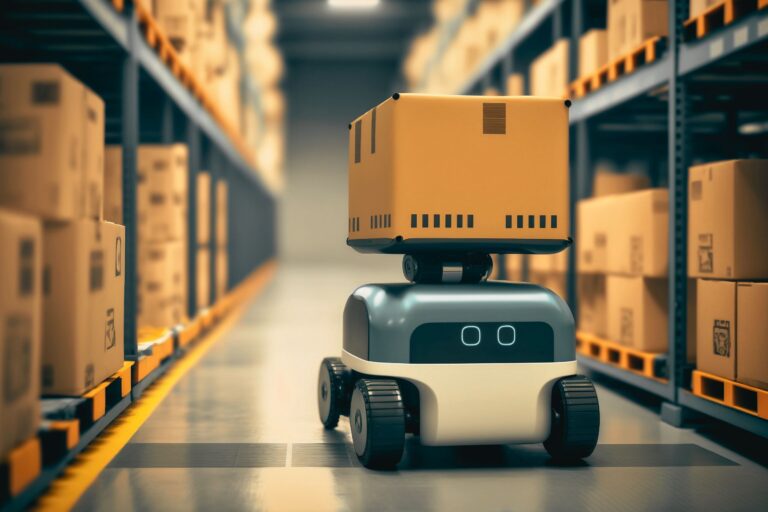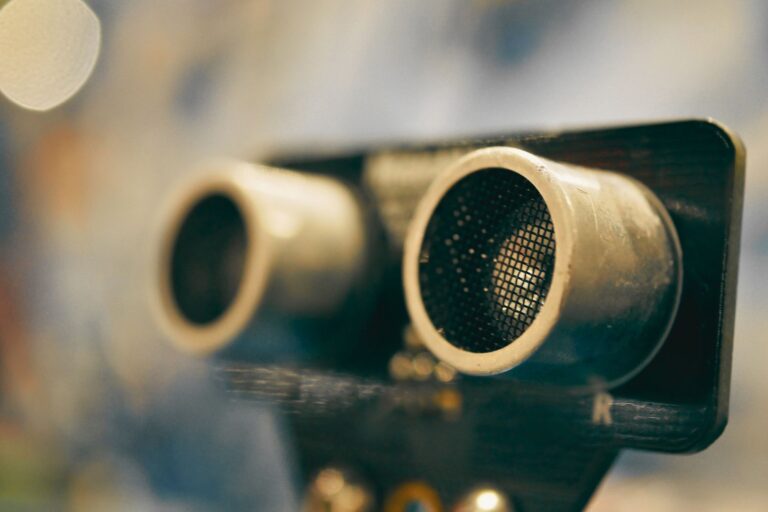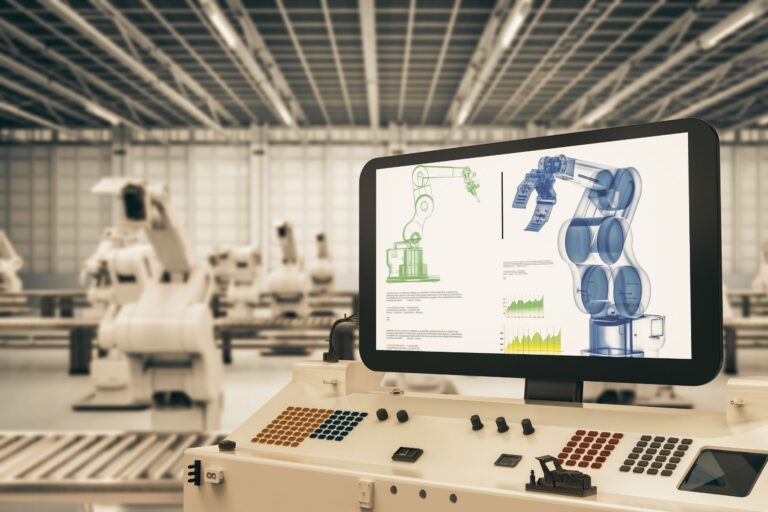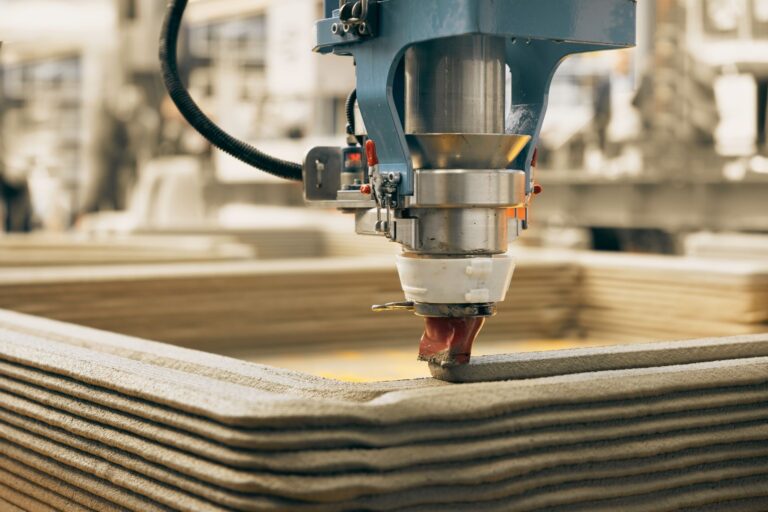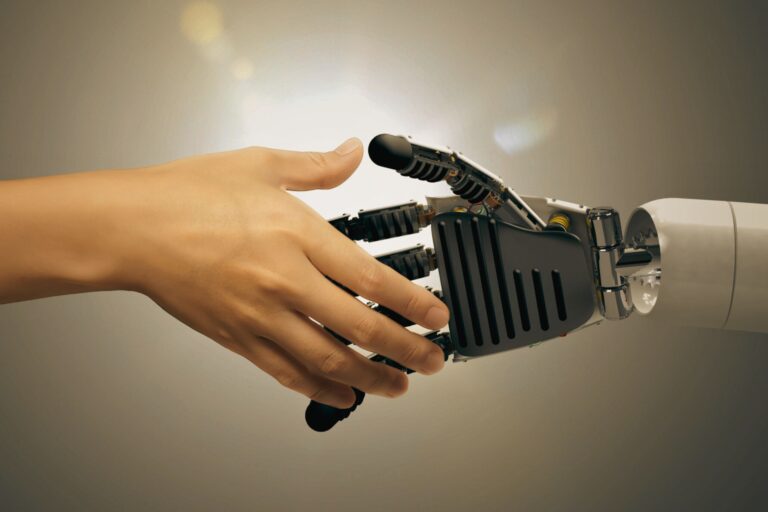Predictive Maintenance via IoT: Reducing Robot Downtime
In industrial automation, one of the biggest challenges is minimizing the downtime of robots and production equipment. In this regard, Predictive Maintenance (PdM), based on Internet of Things (IoT) technologies, is becoming a key factor for the effective management of production processes. Through real-time data analysis and intelligent algorithms, companies can prevent failures, reduce repair costs and improve the overall efficiency of production lines.
How does predictive maintenance via IoT work?
Predictive maintenance uses IoT devices, sensors, and Big Data analytics to provide timely diagnostics and prediction of potential failures. The process includes the following key steps:
- Data collection – Industrial robots and machines are equipped with sensors that measure critical parameters such as temperature, vibration, electrical voltage, pressure, and other indicators of equipment condition.
- Processing and analysis – IoT platforms collect and analyze this data, using artificial intelligence and machine learning to detect anomalies and patterns that signal potential problems.
- Fault prediction – By analyzing machine performance trends, the system can predict when a component will reach the end of its service life or when a failure is likely to occur.
- Automated notification – The system sends warnings to operators and technical teams to take preventive actions before an actual failure occurs.
- Optimized maintenance planning – Based on the forecasts, companies can plan repair activities during periods when there is no critical load, minimizing the impact on production.
Benefits of predictive maintenance through IoT
- Reducing unexpected failures – By detecting potential failures early, businesses can avoid unwanted disruptions to the workflow.
- Cost optimization – The need for emergency repairs and unplanned costs for replacing parts is reduced.
- Extending the service life of equipment – Preventing excessive stress and wear increases the lifespan of robots and machines.
- Increasing efficiency – Production capacity is optimized by preventing unwanted interruptions.
- Improved safety – Timely identification of potentially dangerous malfunctions reduces the risk of accidents and injuries.
Applications of predictive maintenance in industrial robotics
- Robotic production lines – In large factories with a high degree of automation, predictive maintenance allows for seamless planning of service activities without loss of productivity.
- Welding robots – By monitoring temperature, tip wear and weld quality, defects and malfunctions can be prevented.
- Automated warehouse systems – In logistics, IoT-based support prevents breakdowns in conveyor lines, autonomous transport robots, and sorting systems.
- Process industry – In industries with a continuous work cycle such as the chemical and pharmaceutical industries, predictive maintenance ensures that equipment remains in optimal condition.
The future of predictive maintenance
With the development of artificial intelligence, machine learning and cloud computing, predictive maintenance will become even more precise and accessible to a wide range of industries. Greater integration between IoT devices, robotic systems and ERP platforms is expected, allowing for fully automated maintenance management in production.
How does Bullitt Engineering apply these technologies?
At Bullitt Engineering JSC, we closely monitor developments in predictive maintenance and IoT solutions for industrial automation. Our team analyzes and implements the latest technologies that help businesses reduce costs, optimize production processes, and increase efficiency through intelligent monitoring and maintenance systems.
Conclusion
Predictive maintenance through IoT is not just a trend, but a necessity for modern manufacturing. It enables companies to reduce the risk of unexpected failures, increase the efficiency of their robotic systems and optimize their costs. Investing in intelligent IoT maintenance solutions will continue to be a key factor for the successful digital transformation of the industry.


